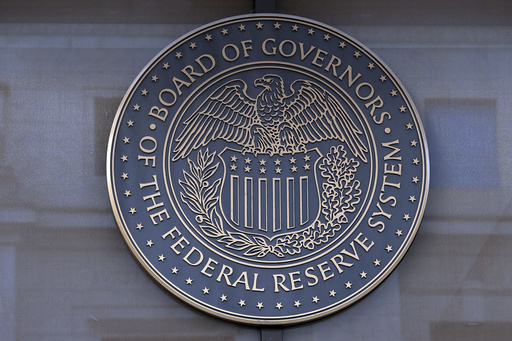NEW YORK — The Federal Reserve’s recent decision to implement its third interest rate cut of the year is expected to impact various forms of debt, savings, and borrowing, affecting consumers and businesses alike.
However, inflation remains a key concern, with worries that policies from the incoming Trump administration could increase inflationary pressure. As a result, the Fed indicated on Wednesday that it plans to proceed with rate cuts more cautiously in 2025 than anticipated just three months ago. The latest estimates suggest that only two rate cuts will occur next year, a reduction from the previously expected four.
This change may leave borrowers disappointed as the hope for significantly lower loan rates could be dashed. If the Fed follows through with its adjusted plan, loan rates may see minimal changes with only two expected cuts in the coming year.
“This could be the last cut we see for a while,” noted Jacob Channel, a senior economist for LendingTree. “Because of potential inflation risks from the Trump administration’s policies, the Fed may adopt a more wait-and-see approach, keeping rates steady during their January meeting.” Depending on the progress of the Trump administration’s proposals, further rate cuts may not happen until March or later.
If you’re dealing with credit card debt, the gradual rate cuts might not bring noticeable relief. “While another rate cut is good news, it won’t do much for those with existing debt,” stated Matt Schulz, chief credit analyst at LendingTree. “A reduction of just a quarter-point might lower your monthly payment by a couple of dollars, but for most cardholders, the best solution remains actively managing their debt in 2025.”
The current average annual percentage rate for new credit card offers stands at 24.43%, down from 24.92% in September. Schulz indicated that while slight declines in rates are possible, anyone expecting a dramatic turnaround will likely be disappointed.
On the savings side, high-yield accounts have seen their returns drop alongside the Fed’s interest rate cuts. Nonetheless, these accounts can still be worthwhile, especially if savers haven’t recently compared options. Some high-yield savings accounts are still offering yields close to 5%.
“While you may have missed the peak rates from a few months prior,” Schulz remarked, “even at their current levels, these accounts likely offer better returns than a traditional bank.”
As for mortgage rates, although the Fed doesn’t directly set them, its actions can influence them. Mortgage rates usually follow the yield on the 10-year Treasury note, which is affected by market predictions regarding inflation and the Fed’s rate policies. This means cuts to the Fed’s key rate may indirectly help lower mortgage rates, even if the correlation isn’t always direct.



